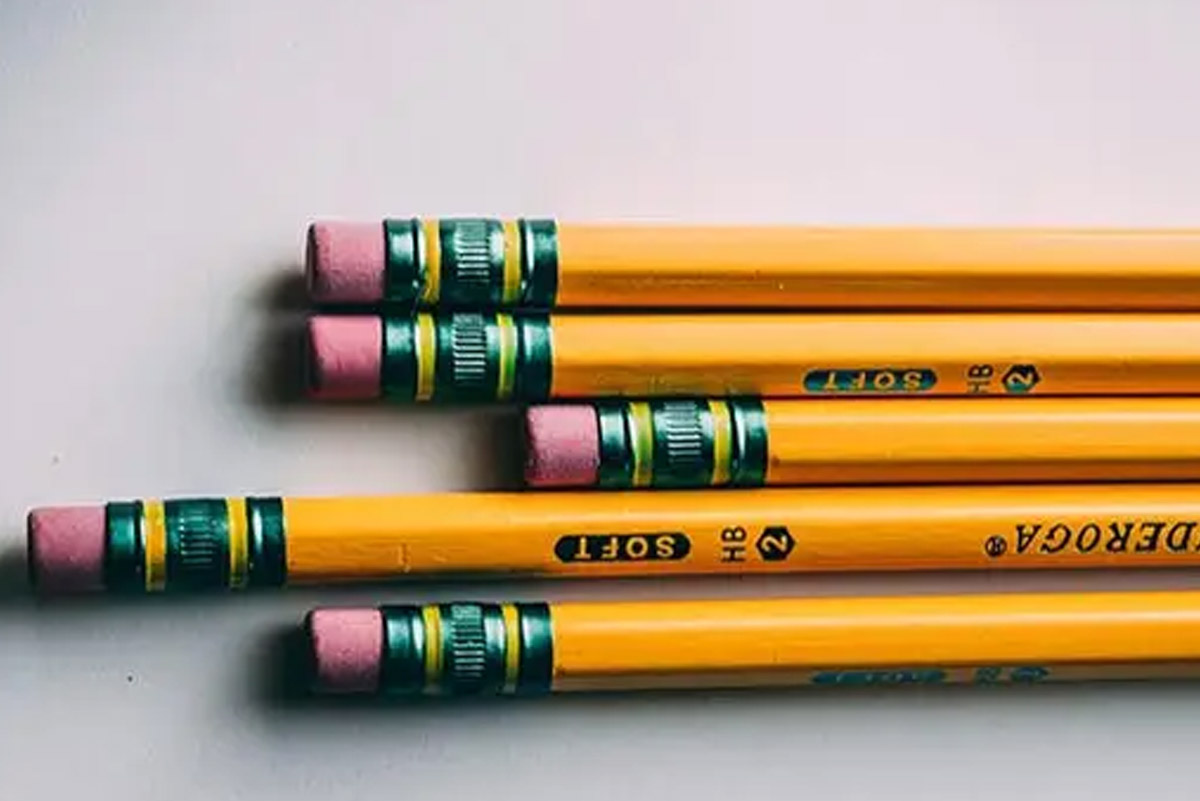It’s February, and the middle of the school year is upon us. As we move into the second half of the school year, you’ve probably attended a few parent-teacher conferences and discussed your child’s education. One important factor that can significantly affect your child’s ability to learn is their vision. At Eyes on Group, we understand how critical good vision is for a child’s success, not just in their studies but in their extracurricular activities and social interactions as well.
ADD/ADHD and Vision Problems
Did you know that certain vision problems can mask themselves as behavioral or learning difficulties? Education experts often say that 80% of learning is visual. A child who has blurry vision, suffers from headaches or eyestrain, or constantly itches their eyes may have a refractive error like myopia (nearsightedness), hyperopia (farsightedness), or astigmatism, or even another condition like convergence insufficiency.
Undiagnosed myopia, for example, can cause behaviors typically attributed to attention disorders. A child who has to squint to see the board clearly will likely experience eyestrain and headaches. This struggle with reading or writing can also lead to emotional stress. Children who are unable to keep up with their peers may feel inferior, which can result in acting out verbally or physically.
Color Vision and Learning
Distinguishing between colors is vital for early childhood development. Color blindness (or color vision deficiency) affects many children and can interfere with their schoolwork, especially in subjects that require reading from a chalkboard or interpreting graphs with colored markers. In some cases, a child, their parents, and teachers may not even realize the child has color blindness.
What School Vision Screenings Miss
Many parents believe that school vision screenings are sufficient, but these screenings only check for basic visual acuity. Children with issues like blurry or double vision might pass the screening while still struggling in class. The screening also misses more subtle but treatable problems like issues with binocular vision, which refers to the ability to use both eyes together to focus. Studies show that 43% of children with vision problems can pass a school screening, making it crucial to seek professional care.
The Importance of Yearly Eye Exams
The best way to ensure your child’s eye health is by scheduling regular eye exams. A comprehensive pediatric eye exam checks visual acuity, clarity, binocular vision, and screens for any eye diseases. The American Optometric Association (AOA) recommends that children have eye exams at 6 months, 3 years, before starting school, and every 2 years thereafter.
When to Visit Our Eye Care Center
If you notice changes in your child’s schoolwork, behavior with friends, or performance in sports or after-school activities, it may be time to schedule an eye exam. Children with vision problems may not always be able to express how they feel, so regular check-ups are important for ensuring they have everything they need to succeed.
At Eyes on Group, we provide expert children’s eye care services. Schedule an eye exam with us today to ensure your child’s vision is up to par for the school year!
